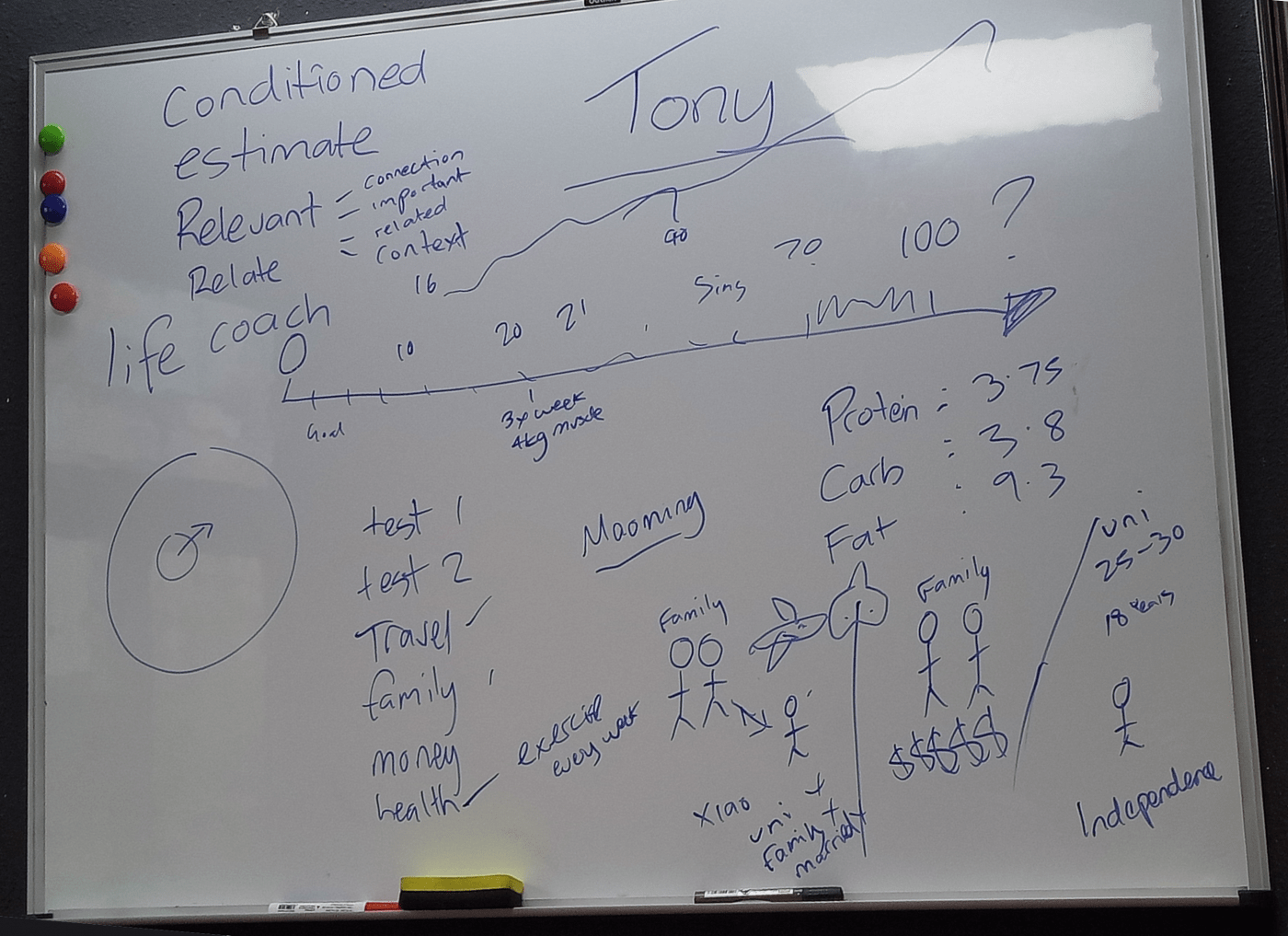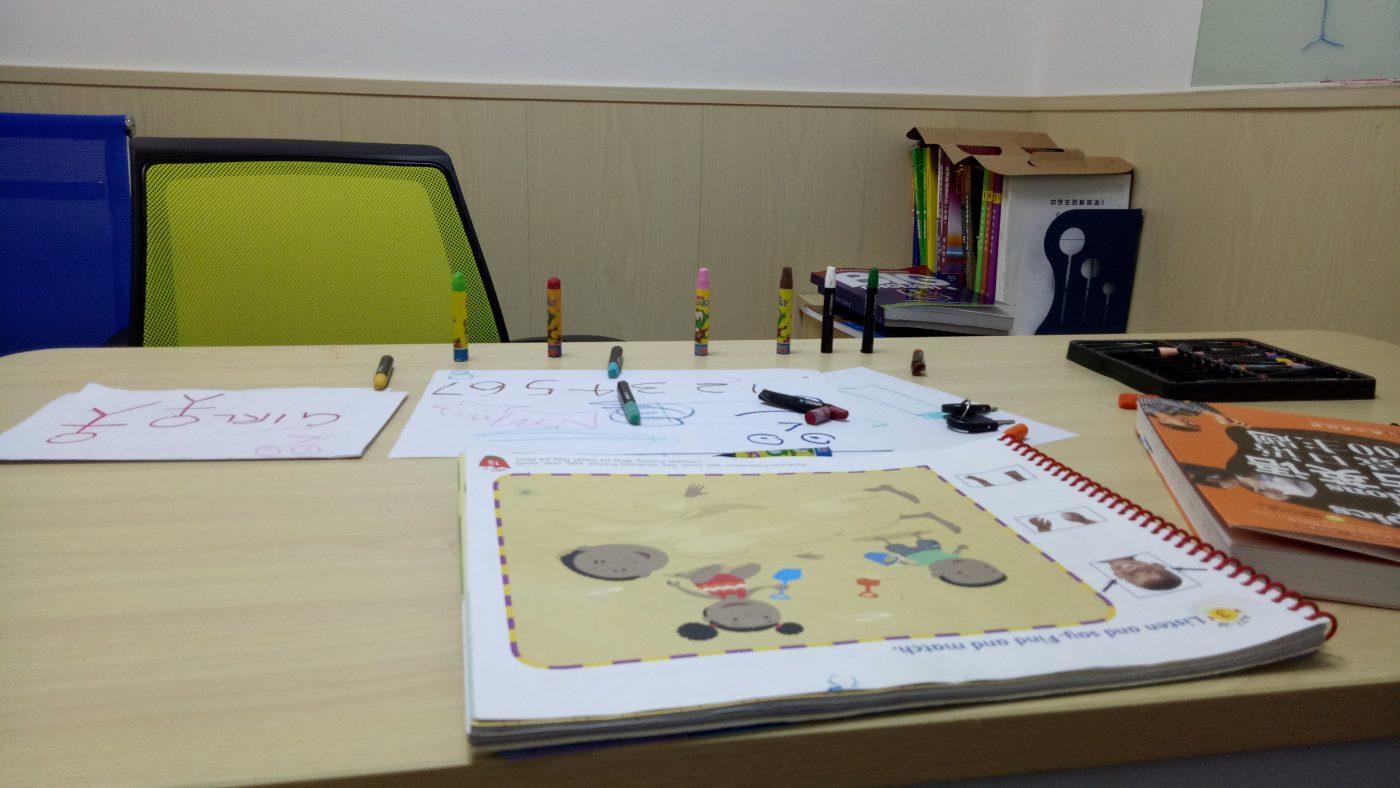Today in China, Guangzhou, I arrived to Nongjiangsuo metro station (农讲所地铁站) to teach English to a regular middle school student.
Our classes are always unconventional, from the three-hour minimum lengths of our private English classes, to the eclectic nature of our course curriculum.
I was supposed to meet my female Chinese student at 12:45 pm, but our expectation has become that I will be late, so she was not too surprised when I showed up at 1:00 pm.
My Chinese student had rented a room for us to study in. I brought my laptop with me.
The Blue Book On How To Teach English
This class was marred with taboo controversy when she reached for a blue book from her schoolbag. The title of the book read, “How to teach an English class.”
I had seen this book tentatively show up in our class before, but she had never dared open its pages.
In a composed, albeit stern voice, I asked, “How come you would like to read this again? Why do you think it is important for us to read it in the class?”
I probed, “Did your psychology teacher ask you to read this in class?”
My Chinese student enthusiastically retreated, “She gave me advice. She said it would be good for both of us if we were able to learn from this book.”
I pressed, “Did she teach anyone else this book?”
My Chinese student replied in English, “Yes, my other math teacher also learnt from this.”
I grinned, “That is interesting!”
I was surprised to discover that my Chinese student was provided this book by her psychology teacher so that she could ask her math teacher to learn how to teach a class.
I thought it was very patronizing that the Chinese psychology teacher would keep offering books on methods to learn.
I curiously acquiesced, “What subject do you think we should read from this book?”
She replied, “We should select things that are relevant to learn for the class.”
I wasn’t angry that this blue book was being used by another teacher to impose on our English class. I just said, “Okay, we can do that.”
Teaching English Conversational Dialogue
From this awkward standoff by proxy with the psychology teacher’s imposition on my class, I directed us to begin our usual two-hour-long English conversational dialogue.
When the two hours had passed, we had scheduled some time to read English from English-language books.
For the whole three hours of our English class, that blue book “Teaching Students How To Learn In Class” sat on the table.
I asked my Chinese student, “Do you want to read from the blue book now?”
She replied, “I don’t want to read from the book. I think you are right. I should listen to my own opinion. Just because my psychology teacher has an opinion about what I should teach in the class, it does not mean I should listen. I don’t want to listen.”
I said, “That’s good then.”
Read English-Language Email Together
Since we now had no book material to use, she suggested we read an email from one of her professors that she met in America when she was thirteen.
In English, I asked, “Show me what it is.”
She said, “I wrote a letter. It is a long letter.”
My Chinese student was really excited, telling me about the email she had received. It was really cute.
I looked at her email as she scrolled down for what seemed an eternity. In her enthusiasm, she did a spell-check and found the email had 4,000 Chinese words. It was really long, almost like one of my daily diary entries.
The reply email from the female American professor in contrast was succinct.
We proceeded to read the email together. I provided corrections to the structure of English words and grammar, until we finished. My student was able to learn from her own English grammar mistakes, and improve them for the next time she writes a letter.
Read English From Psychology Book
Then, my Chinese student pulled out one of her study books on “Convergent Thinking”. The English in this book is too complex for everyday English use, so I selected some words from the text to teach my student the English definitions of those words. I also taught her one phrase.
I spent 25 minutes teaching new English words from her psychology book.
Teaching English Vocabulary
I soon asked my Chinese student, “How much time do we have left? Can I teach you some vocabulary?”
She agreed.
I stood up from our table and walked up to the whiteboard. In the final minutes I taught her 3 new English words in succession.
Giving detailed English explanations, I taught her the English words “hypocrisy” followed by “petty”. The teaching technique I used was to ask her to try to guess what the English word’s definition. I would listen at her guesses, encourage her, but ultimately I had to write the correct meaning on the whiteboard.
I then proceeded to ask her to provide me with example uses of the new words.
English Class Concludes
The time was 4 pm when we finished class.
I asked, “What time is it now?”
She said, “Oh wow, it is 4:03 pm already.”
This student has several private tutors lined up to teach her every day.
I wondered, “Is your next teacher coming?”
She said, “Let me check.” She walked outside our classroom to give her next teacher a message. When my Chinese student returned, she announced, “My teacher is coming. She is on her way!”
I said, “Okay, I will let you prepare for your next class.”
My Chinese student then transferred money for our three-hour class into my WeChat Wallet.
That concluded our English class. I wished her well, and walked to the metro station.


Diary Of A Mad Chaos is a daily diary written from March 1996 until today, of which individual books and book series have been created, namely “The Lost Years” an exploration of young, entwined love, the “Wubao In China (猎艳奇缘)” book series which provides an extensive comparative analysis of the cultural differences between Eastern and Western societies, and the book titled “Foreigner (华人)” an exploration of race relations in Australia.










